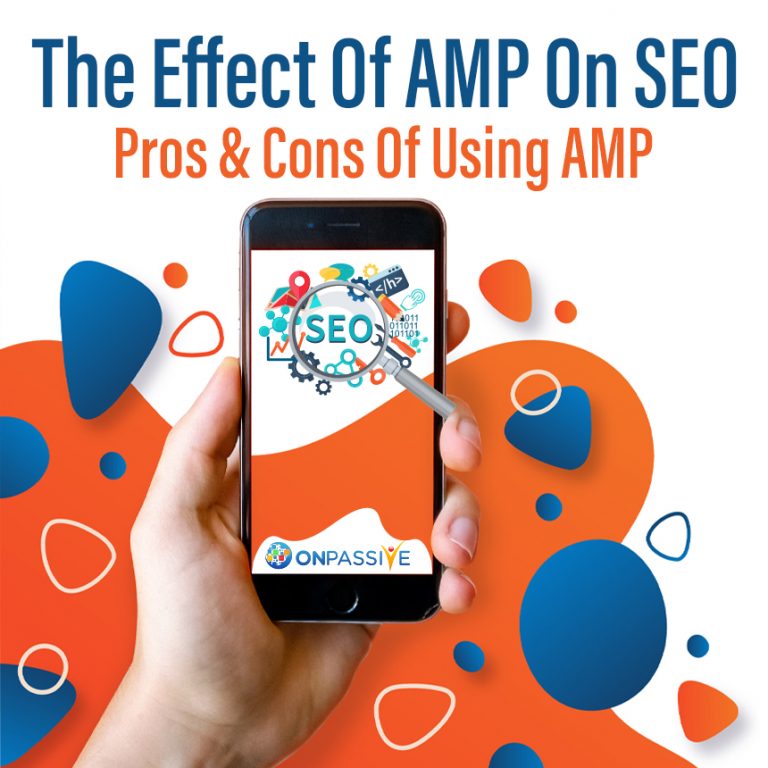
What is the result of AMP-lifying your website? In this mobile generation, just investing in mobile optimisation won’t be sufficient; marketers need to be aware of the impact that AMP will have on their website.
The time which is taken by any website to load a page appears to be a factor that visitors look forward to, and by developing AMP, Google is maximising the speed of the sites. However, before marketers start to AMP-enable their website, they should be aware of what Google AMP is and how it will affect their websites?
AMP Accelerated Mobile Pages is an open-source framework allowing mobile site content to load fast by optimising the desktop site. It enhances the loading speed of the page by 85% and supported by web technology providers, developers and publisher.
AMP assist in marketing and SEO (Search Engine Optimisation) because of mobile searches became a very crucial part in the internet age. 51% of web traffic comes from mobile devices and looking at this Google hinted that they would soon start assessing the websites based on mobile versions.
Pros of Using AMP:
Increased Speed:
looking at traditional mobile pages, AMP has a significant advantage of loading speed. Less load time will help with less bounce rate because of visitors seems to get more engaged with a quick and hassle-free process.
High Visibility:
If a publisher creates AMP-enabled page on the hot topic or often searched topic, there is an opportunity that their content may appear on the top of the Google search result page. However, AMP doesn’t increase your website visits.
Higher Stay Time:
Visitors tend to stay on those pages which load faster or is AMP-enabled compared to traditional mobile pages. Easy to navigate design of these pages help visitors to scroll through the content and more inclined to leave comments, watch videos or click on links provided when not distracted.
Cons of AMP:
We’ve covered the pros, and it’s necessary to cover the disadvantages of using AMP. Before you start to AMP-enable your websites or pages, make sure you put all the good and lousy specifications together.
Increased Site Traffic:
AMP doesn’t increase your web traffic because of these content are saved in the Google server and has Google URL. Google has shared the solution for this; the publisher can add a hyperlink comment section, and whenever any visitor clicks on it, it will lead the visitor to publisher website.
Ad Before Content:
Any external content, such as commercials takes time to load, and visitors need to go through an advertisement before content. However, Google claims to be working on the process of coordination between content and ads, which is affecting the chance of conversion rate.
Not So Great Analytics:
AMP pages come along with analytical tools which help the owner to track visits, click on links and conversion. Still, the analytics available on AMP doesn’t stand up to the expectation of the publisher as it has basic metrics. Publisher seeks more information to enhance the experience of the visitors.
Addressing the issue of content duplicity is a must because of publishers from across the globe are facing this issue. As covered above, we know the AMP content gets published on Google server with different URL you’ll meet the problem of duplicate content. Solution for this problem is to include the AMP page URL on the non-AMP page and vice-versa for Google and other platforms to be informed.


